This page contains the quarterly progress of the technicians hired under the Investigo program, under the responsibility of this Vice-Rectorate Office.
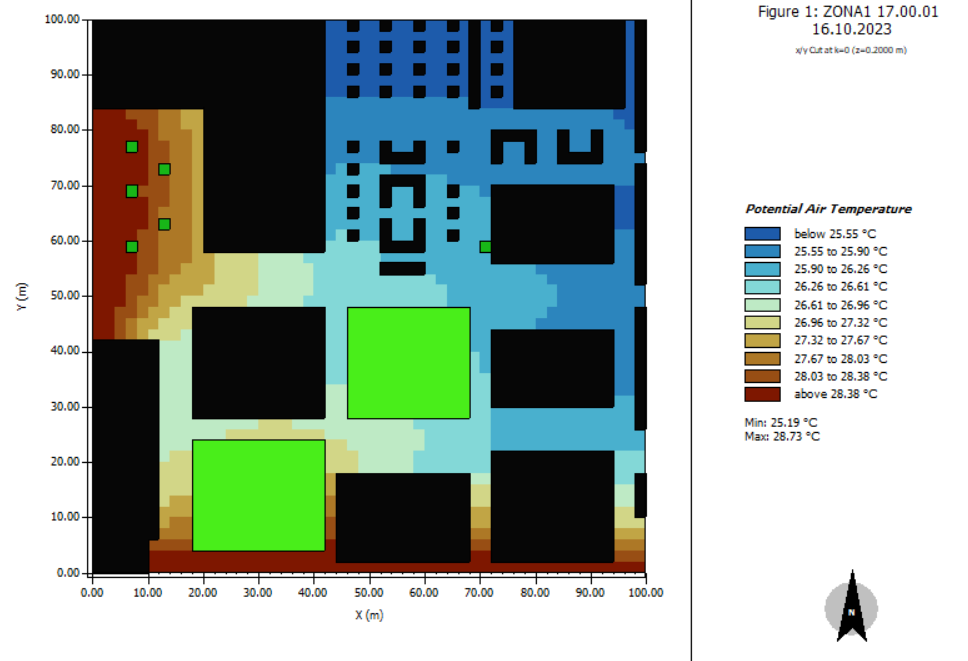
During these first months the botanical inventory of the Vera campus has been revised and also the inventory of the Gandía and Alcoi campuses (including them in the UMA’s google maps so that it is accessible in open access).
ROSALÍA GARCÍA – Improvement of the green infrastructure and biodiversity of the UPV (DECEMBER 2023)
In addition, information has been collected on beekeeping and renaturation initiatives.
Finally, work has begun on a program called ENVI-met to carry out climate simulations of areas of the Campus and see if more vegetation would improve climatic comfort. We have also contributed to the drafting of the technical specifications of thePlan of GREEN INFRASTRUCTURE AND BIODIVERSITY of the UPV campuses.
During the first months of the year, information was gathered on projects in the field of URBAN GARDENS AT THE UPV and in other national and international universities.
MARIA CARRIÓ – Implementation, design and citizen participation in urban gardens (December 2023)
Subsequently, we have begun to devise proposals in order to be able to make improvements in terms of adaptation and efficiency. Possible locations, management models and an economic approach have been taken into account.
In addition, possible funding sources are being sought.
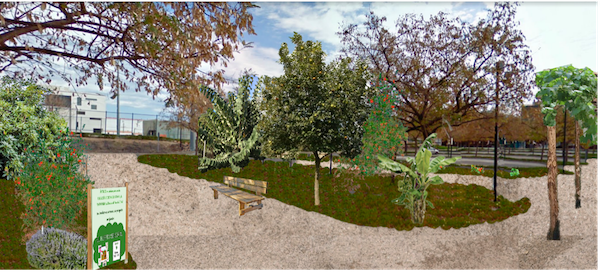
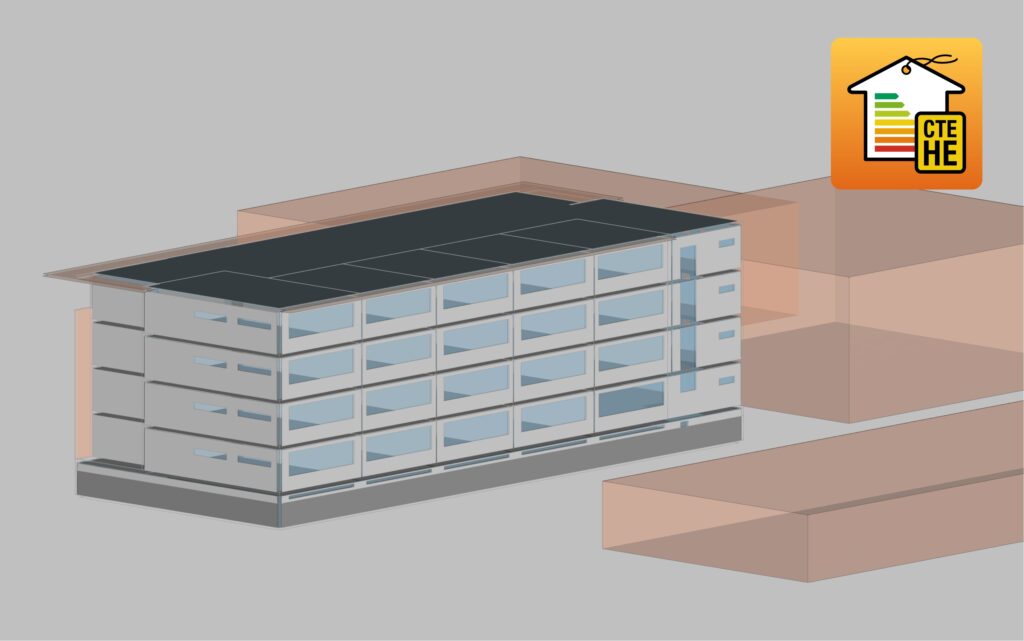
During the first three months of work, we have analyzed the current situation regarding research and implementation of strategies for ENERGY EFFICIENCY in the building stock, focusing on university buildings. To this end, plans, studies and guides prepared by other Spanish and foreign universities were consulted.
AARON JARA – Energy efficiency of UPV buildings (DECEMBER 2023)
In parallel, the energy simulation of two buildings on the Vera campus of the UPV has been carried out: 3N, corresponding to the Faculty of Fine Arts; and 5N, a classroom of the School of Industrial Engineering and headquarters of the UPV Living Lab. In the first case, the simulation has made it possible to estimate the savings in the building’s cooling consumption as a result of the installation of photovoltaic panel cantilevers on the southwest façade, as a form of solar protection. In the second, the study allows to know the current state of the classroom and its energy rating after the reform of the air conditioning systems in 2019, subsequent to the current energy efficiency certificate, registered in 2015. The next phase will consist of the evaluation of possible solutions and energy efficiency actions to be developed.
All the tasks carried out so far have been possible thanks to the training in the use of the CYPETHERM HE Plus tool and with the support of the knowledge acquired in the course “Energy Audit of Buildings”, given by the Instituto Valenciano de la Edificación (Valencian Building Institute).
In the course of these months of work, several tasks have been carried out. First, a review of the state of the art of the subject has been carried out, with the reading of specialized articles and the realization of knowledge transfer interviews with specialized researchers. Next, a study is being developed to identify the new spatial needs in educational spaces, in relation to current methodologies and new ways of working, paying special attention to the field of university buildings. As a result of this, quality indicators that can be applied to this analysis have been detected and it is proposed to investigate their definition and function. In addition, examples of ADAPTIVE REUSE have been sought, recognizing and highlighting the criteria and strategies applied;
silvia domene – Adaptive reuse of UPV buildings (DECEMBER 2023)
In parallel, with respect to the study of the UPV, data on surfaces, uses and cartography of the campuses have been compiled. Finally, a general cataloguing of these spaces and a selection of case studies have been carried out for their subsequent detailed study;
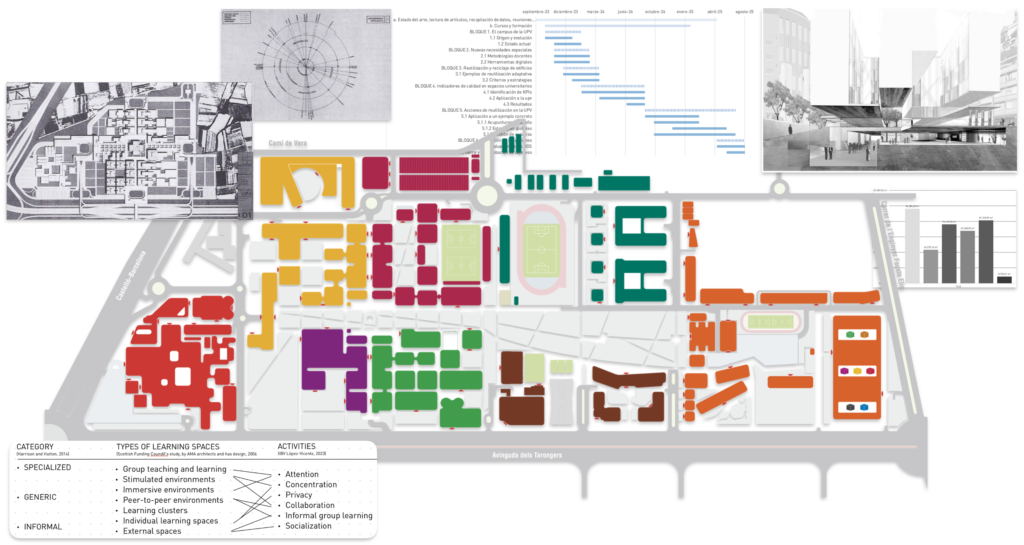
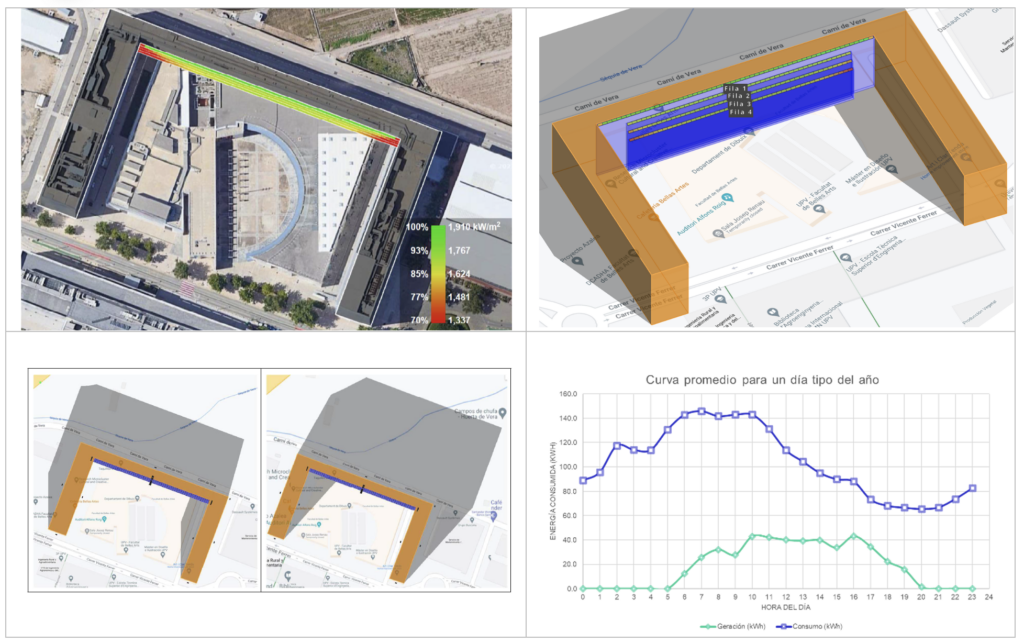
An analysis of the state of the art in the integration of RENEWABLE ENERGIES in universities has been carried out. As a result of this analysis, the combination of the “SBTi” standard and the “Net Zero On Campus” Guide is proposed to align the energy transition of the UPV with the global science-based goals of limiting emissions to 1.5°C.
lucas martínez – Renewable energies at UPV (December 2023)
A diagnosis of the consumption of energy in the Vera campus of the UPV during the last 10 years (2012-2022) has been carried out. It is expected to have the 2023 data to close this section. A detailed inventory of the existing renewable energy facilities on the campus Vera. It is estimated that the current renewable generation represents approximately 0.24% of the total energy consumption of the campus.
As an innovation in this field, a detailed proposal was made with energy simulations for the implementation of solar cantilever photovoltaics on a facade of the 3N-3M building of the Faculty of Fine Arts. The candidate solution of 112 kWp would self-consume 74% of the electricity generated, which would account for 13% of the total electricity consumption of the building. The energy efficiency improvement analysis leads to a 10% reduction in cooling demand, while heating needs increase by 3%. This solution resulted in a 25% improvement towards achieving the energy transition in the case study building.
A search was conducted for cases of sustainable campuses in different parts of the world. A number of reports were compiled that date the different SUSTAINABLE URBAN DRAINAGE SYSTEMS (SUDS) employed in different universities.
Alonso Fernández – Water Management (SUDS) at UPV (December 2023)
Due to the scarce and outdated information for the realization of a hydraulic model of the Vera campus, we opted to register and catalogue cartographically the green areas and alcorques according to their hydraulic connectivity with the environment in order to, in the near future, analyze potential areas from the point of view of stormwater management.
Finally, and in view of the publication of the Contract Documentsfor the drafting of the Green Infrastructure and Biodiversity Plan for UPV campusesThe document has been revised and some key points have been added to address stormwater management systems.

The CARBON FOOTPRINT allows us to identify the amount of Greenhouse Gas (GHG) emissions that are released into the atmosphere as a consequence of any human activity. These GHGs are translated into CO2 equivalent emissions (CO2eq);
During these first months, together with the Environment Unit (UMA), we have studied and developed the methodologies for calculating the scope 3 of the Carbon Footprint on the UPV campuses. That is, those indirect emissions produced by different activities such as the mobility of students and workers or the procurement of goods and services from different companies associated with the UPV;
Much work remains to be done to develop these methodologies, and we are working together with other Spanish universities to ensure that we achieve a consolidated, agreed and scientifically rigorous methodology, establishing an action plan that aims at carbon neutrality;
Carles Úbeda – UPV Carbon Footprint (December 2023)
